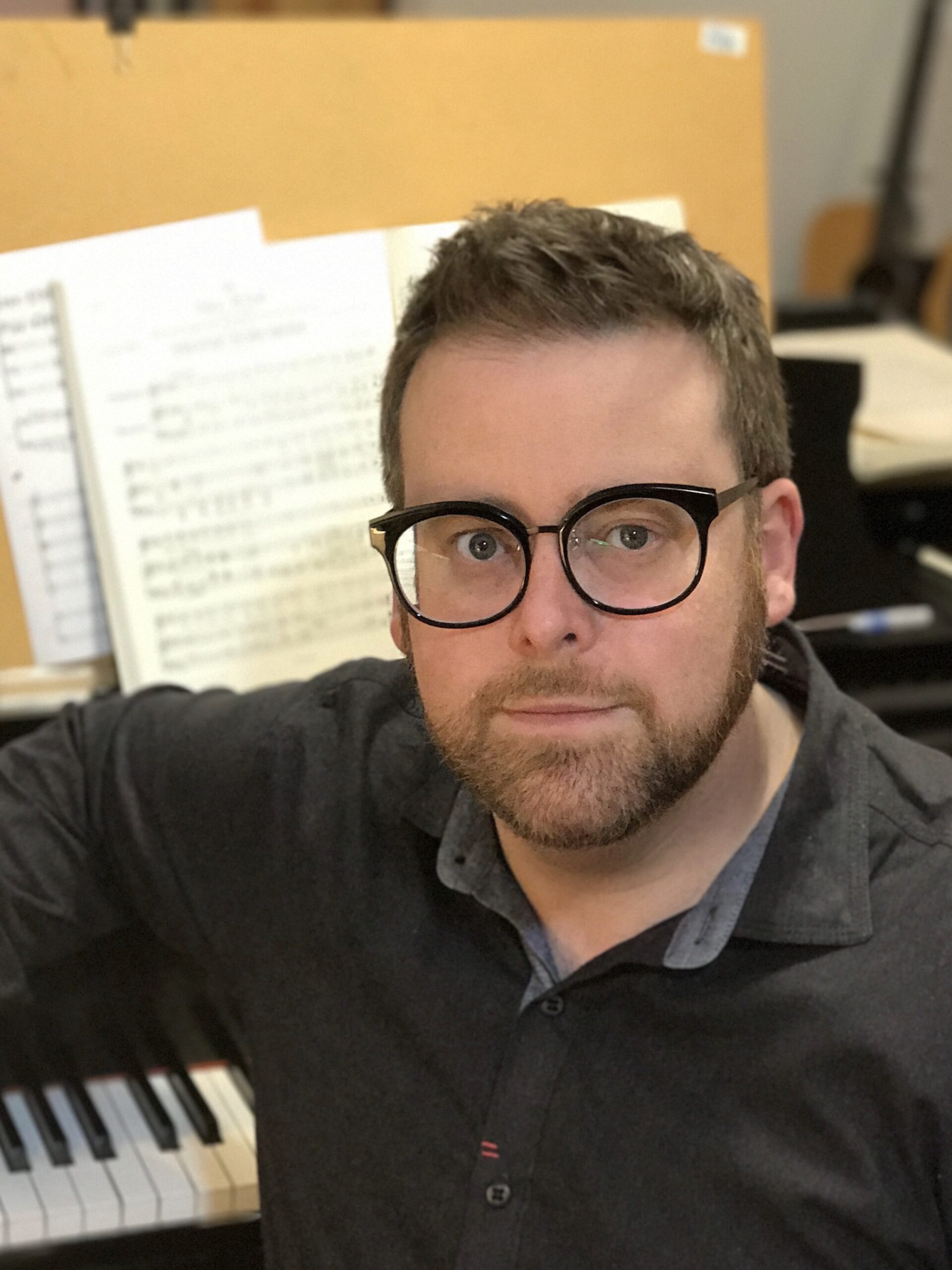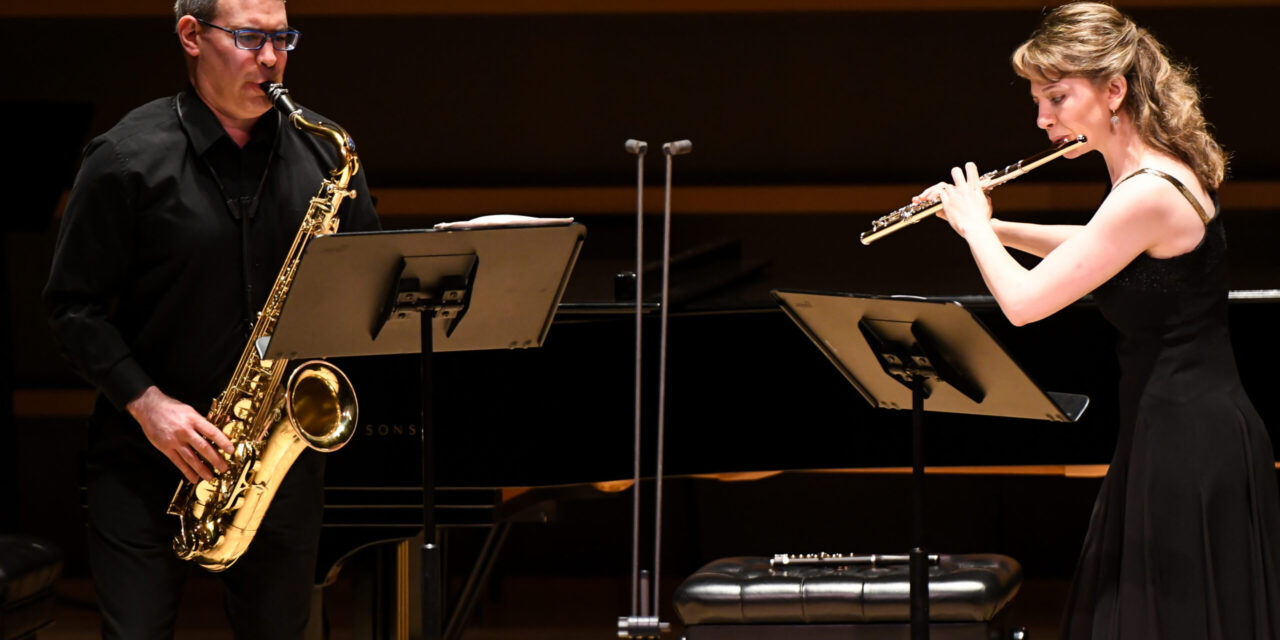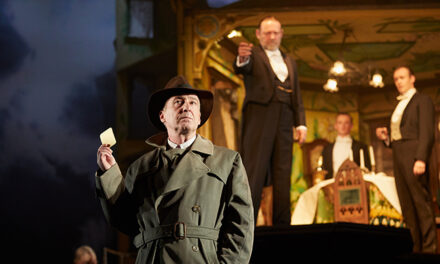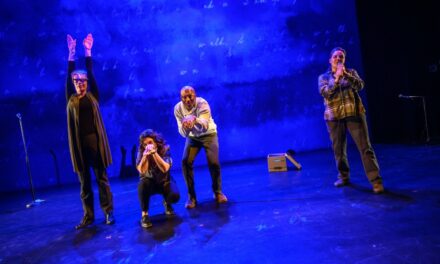A blend of evocative medieval accompaniment and leaping modern Soprano melodies, The Anchoress is a fascinating album to speak to our present moment of self-isolation. Opening with a buzzing drone and a chant of “Requiem,” the album immediately transports the listener back into 14th century Europe where the practice of entombing living women in cells as “Anchoresses” was at the height of its practice. Women who elected to be Anchoresses chose to withdraw from society and spend their days confined in a cell with the purpose of devoting their lives to God, praying and reflecting in solitude. While their existence was referred to as a “living death,” they were valued members of society and frequently sought out for advice, spiritual guidance, and healing.
The album The Anchoress, is a collaboration between poet Katie Ford and composer David Serkin Ludwig. Ford’s mystical prose highlights vignettes of the life of an Anchoress from her choice to commit to a life of seclusion, to her visits from members of the community, to private epiphanies. Ludwig has set the text for a single Soprano, Hyunah Yu, and two small ensembles: the PRISM Quartet made up of four saxophone players and Piffaro, The Renaissance Band composed of six musicians playing a variety of instruments of the Renaissance era.
The text itself is full of vibrant imagery rife for musical interpretation. Ford very masterfully captures the imagined moments in the life of an Anchoress, incorporating themes of personal and spiritual identity, community relationships, and gender dynamics. The text flows in heightened language almost like a stream of conscious or as one telling a story, as though the Anchoress herself is recording her experiences out loud. As the Anchoress, Ford poses questions that continue to plague humanity today, such as “What is my life – what composes it” or “Whether something outside of us can reach in and affect change…”
Ludwig does an excellent job in capturing the mysticism surrounding the character of the Anchoress, the uncertainty of spirituality, and the darkness of isolation as well as evoking a sonic place and time. Ludwig’s musical setting lifts the words from the page and by employing Piffaro, The Renaissance Band, with their period-specific instruments, Ludwig firmly sets the piece in the 13th century. The addition of the saxophone ensemble, The PRISM Quartet, elevates and supports the storytelling. At times, the saxophones add a textural layer to the accompaniment, further evoking a medieval sound and setting. At other times, the saxophone ensemble serves the story, illustrating the sound of pain or discomfort with contrasting extended technique, as in the second song of the album, “Once a Woman Went Down the Hill,” when the Anchoress is describing the ailment of a villager. The PRISM Quartet plays rapid, leaping, honking stabs, creating a sense of physical discomfort in the listener akin to the discomfort of the villager.

David Ludwig. Photo Credit: Bella Hristova
Several other musical moments struck me in particular: The majority of the album lives in a modal tonality, evoking an ancient and dark sound, thus, when a major chord was played, it stood out considerably. There are two moments of major sound that perfectly served the text: one in the opening number and one in the closing number. In each moment, the Soprano, Yu, sings of a light or divine moment and the modality shifts with the orchestration becoming lusher and fuller. Soprano Hyunah Yu excellently performs the material. Her voice is rich and clear and exudes confidence and control. The melody lines are often leaping and complex, but she navigates each song on the album beautifully, drawing out the emotion at each turn. There are several moments of extended technique such as Sprechstimme, which is when the text is half-spoken, half-sung, and Yu performs the text boldly and dramatically.
The Anchoress deals with many complex topics including gender roles and spirituality, and the release of the album in the time of COVD-19 adds another layer of complexity. The focus on isolation resonates deeply with me as a listener at this moment and while the Anchoress’ seclusion is more elective and individualized, the emotions associated with any removal from society feel particularly relatable. While the album has many nods to Medieval times in the modality and orchestration for Piffaro, Renaissance Band, the melodic material for the Soprano and use of the saxophone ensemble clearly grounds in the piece in modern-day. With Ford’s beautiful poetry and Ludwig’s evocative musical material performed excellently by Yu, The PRISM Quartet, and Piffaro, Renaissance Band, “The Anchoress” is an intriguing musical experience from start to finish. I would recommend taking a listen and reading along to uncover a fascinating moment in history that continues to resonate today.
This post was written by the author in their personal capacity.The opinions expressed in this article are the author’s own and do not reflect the view of The Theatre Times, their staff or collaborators.
This post was written by Megan McCormick.
The views expressed here belong to the author and do not necessarily reflect our views and opinions.

















